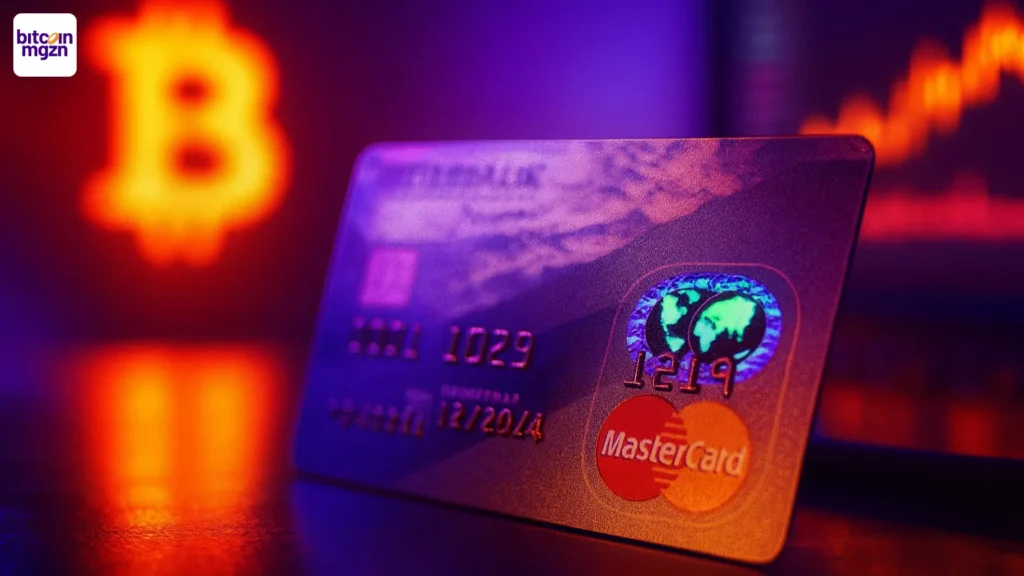“Circle Just Solved the $29 Trillion Crypto Adoption Problem
Circle’s new project, ARC Testnet, has caught the financial world’s attention for one reason: the list of participants is staggering. BlackRock, Goldman Sachs, Visa, Mastercard, and Deutsche Bank are all tied in. But the real breakthrough lies in a simple innovation, USD-denominated gas fees. By allowing blockchain transactions to be paid directly in dollars rather than volatile crypto, Circle may have just eliminated the final obstacle keeping $29 trillion in global pension funds out of the digital asset markets.
For years, institutional investors have hesitated to enter crypto not because of lack of infrastructure, but because of operational risk tied to crypto-denominated fees and fluctuating assets. Circle’s ARC testnet bypasses that entirely, creating a compliance-friendly environment where gas can be paid in stablecoins. This seemingly small detail creates massive implications. Suddenly, large funds can settle, custody, and transact entirely within a digital framework that still operates in fiat terms. That’s an open invitation for financial institutions that already manage tens of trillions in traditional markets.
While ARC mainnet is not expected until 2026, insiders say budget allocations for pilot programs are already happening now. Financial institutions are treating ARC preparedness as a 2025 line item. The timing could not be more strategic given that Circle’s anticipated IPO will require a strong growth narrative. By positioning ARC as the missing layer between traditional money and blockchain efficiency, Circle is painting itself as the company that can finally merge the financial system’s past and future. If the rollout continues smoothly, the stablecoin issuer could pivot from utility provider to infrastructure backbone for institutional crypto adoption. Circle’s pitch isn’t about speculation anymore, it’s about owning the rails of the next global financial upgrade.
“Circle Just Solved the $29 Trillion Crypto Adoption Problem was originally published in Coinmonks on Medium, where people are continuing the conversation by highlighting and responding to this story.
You May Also Like

The USDC Treasury destroyed 95.5 million USDC tokens on the Solana blockchain.

Mastercard wil cryptobedrijf Zerohash kopen: Eerste grote stap in de richting van DeFi
